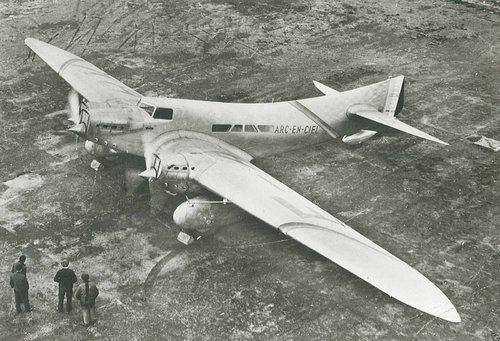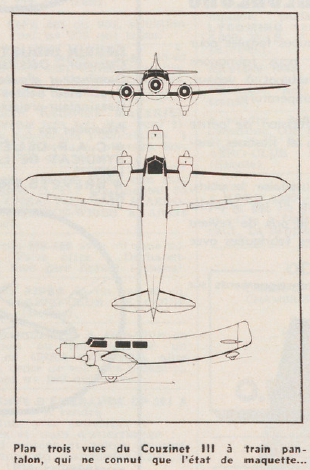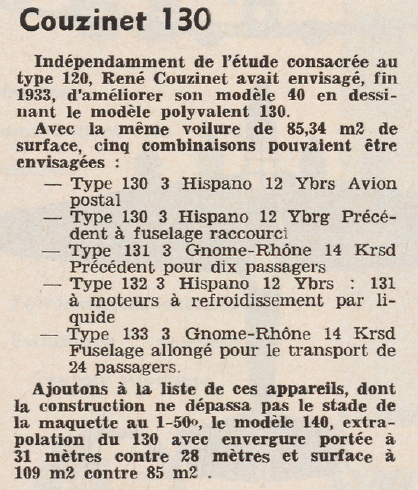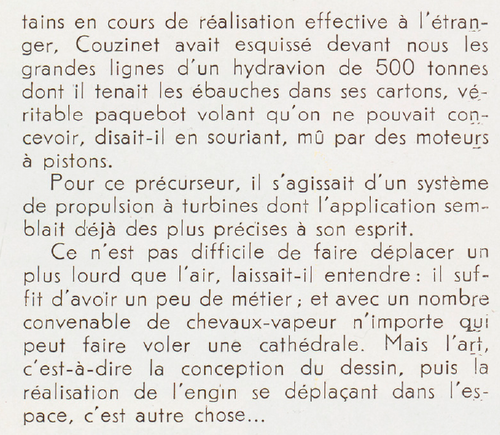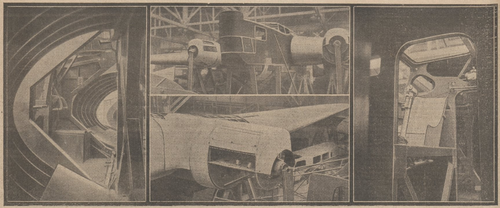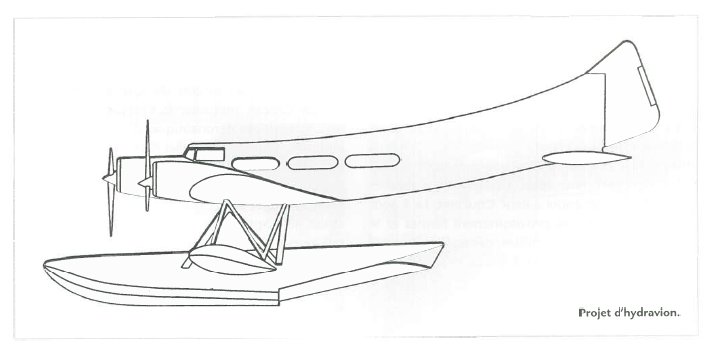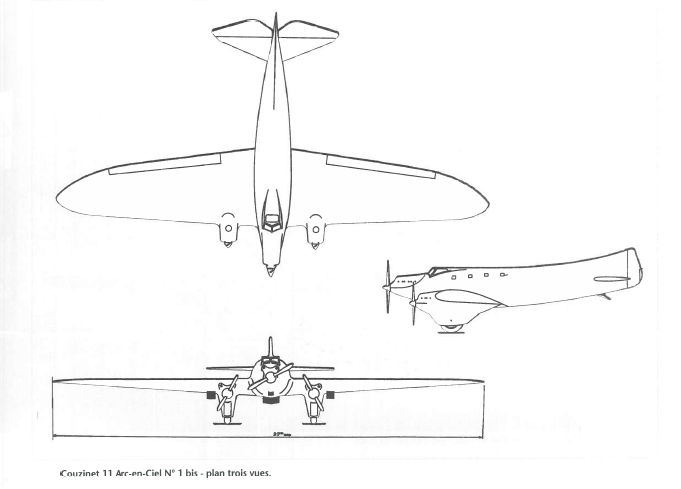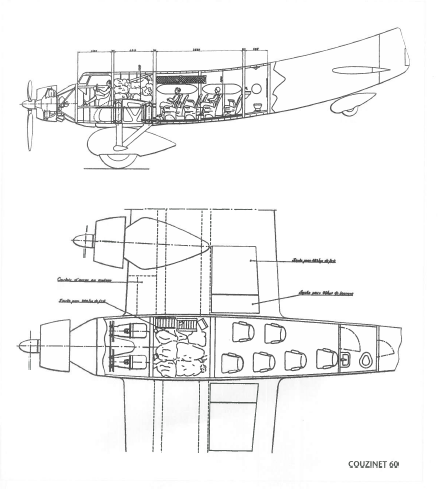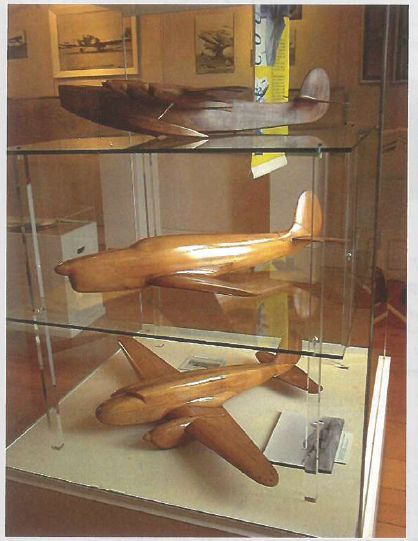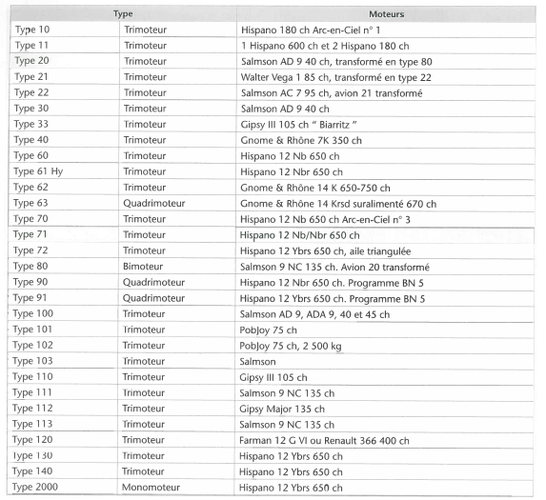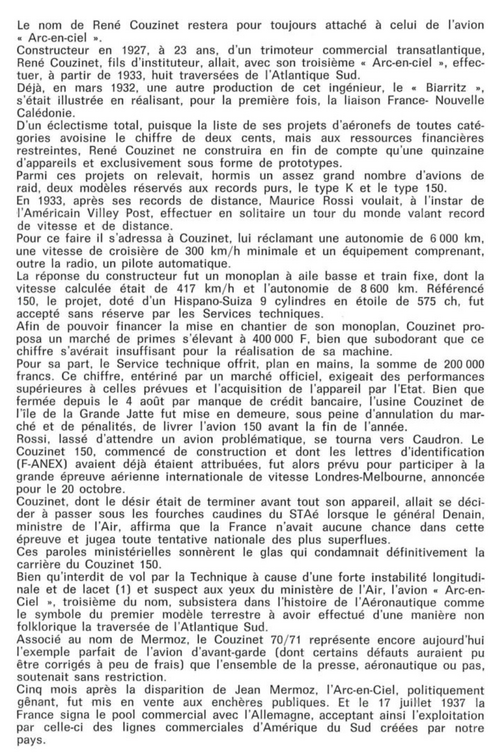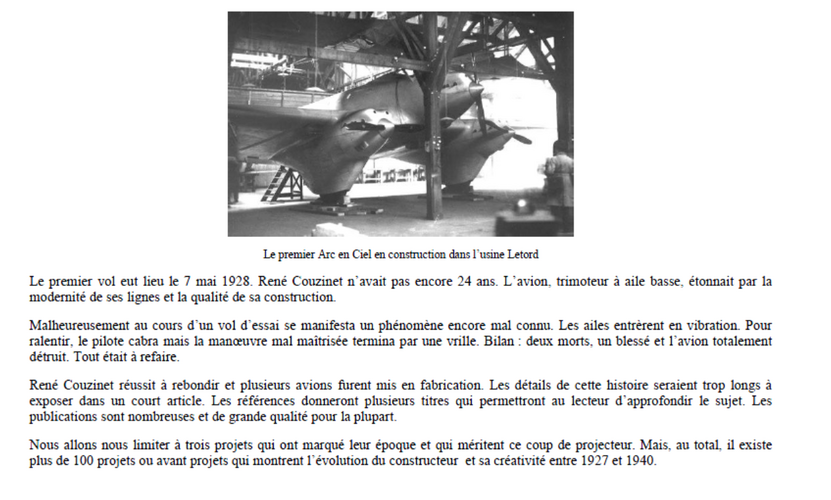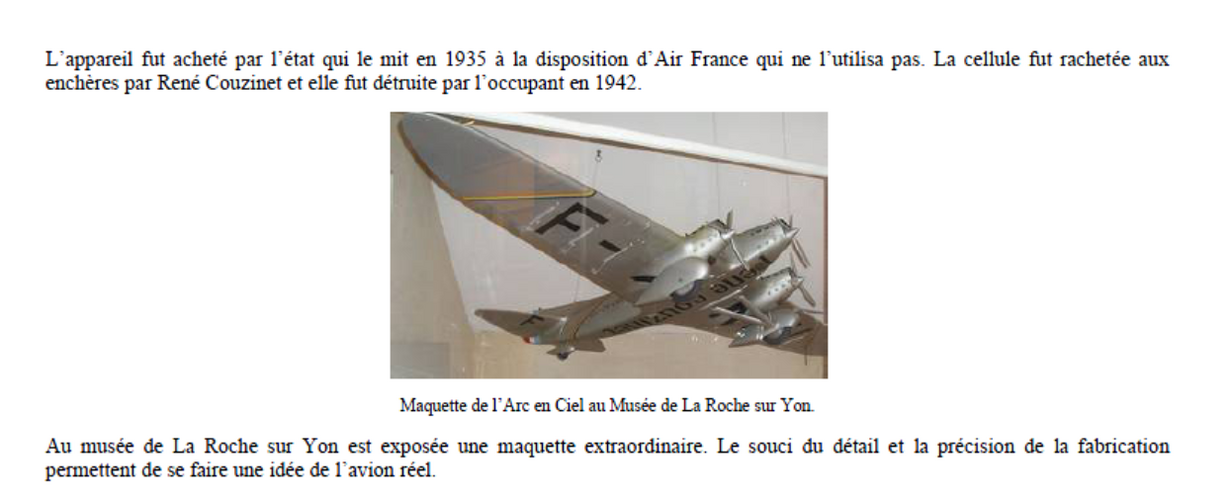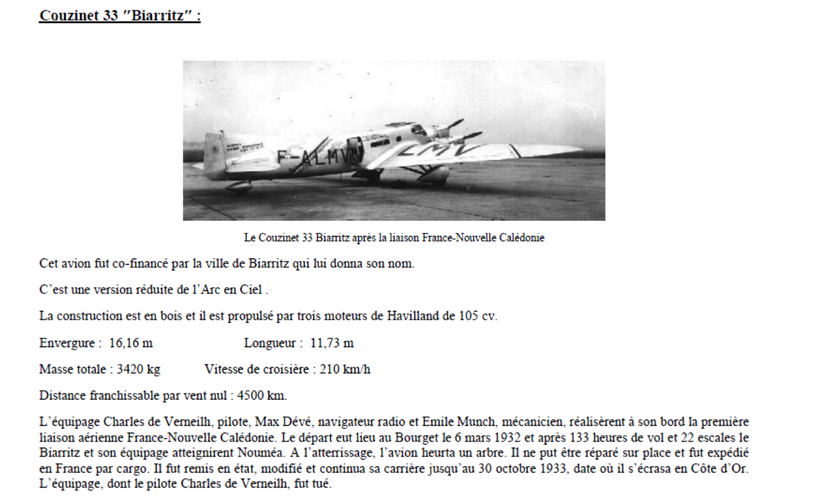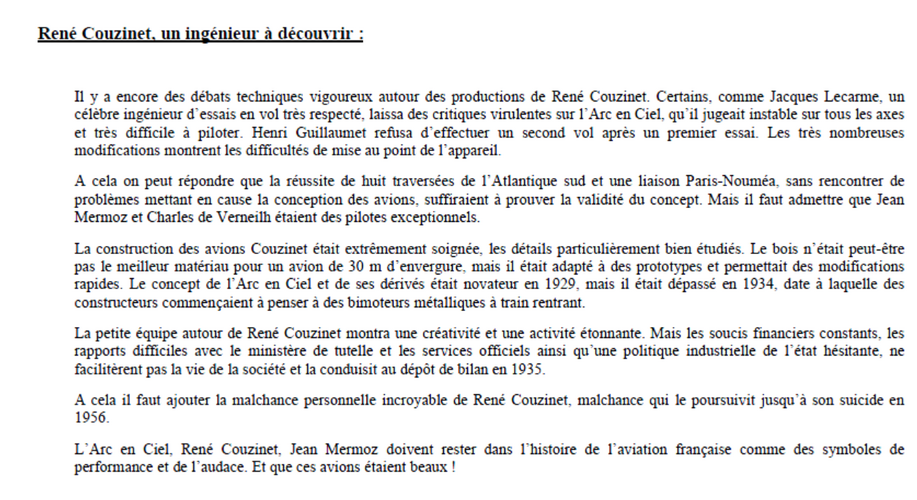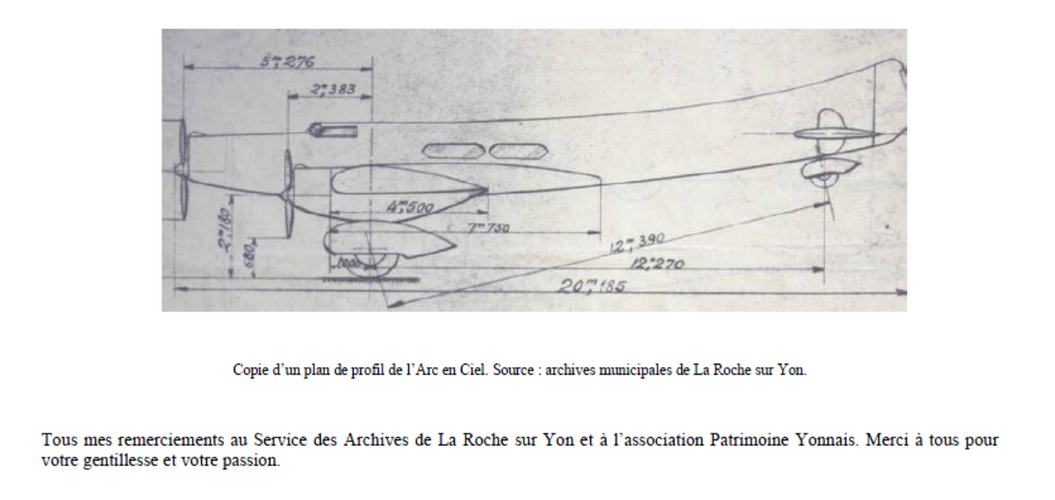blackkite
Don't laugh, don't cry, don't even curse, but.....
- Joined
- 31 May 2007
- Messages
- 8,817
- Reaction score
- 7,692
Couzinet 70-71 specifications
The aircraft was developed for long-distance postal transport, emphasizing safety, speed and comfort.
safety
In order to guarantee a safe flight even in the event of engine shutdown due to bad weather, the trimotor configuration was the only solution at the day with technology. A single-engine aircraft could not prevent unforeseen situations, no matter how carefully maintained.
Outfitting was considered for ease of maintenance and repair. The engine can be checked even during flight.
speed
The shape of the fuselage was designed for crew’s comfort and to reduce the effects of propeller torque. The wheels were covered with spats. The joint was shaped with a fillet. Restricting the intake air prevented the engine from over revolution. Ground speed was 250km / h. At this high speed, long-distance flights Amenity
Crew members could focus on instrument operation. The seat was easily slidable to ensure the pilot's view. Equipped with a mass balance (or counterweight) for the elevator, eliminating the need for pilot adjustments during cruising. When one of the main wing engines was stopped, a pedal center position adjustment function was provided to eliminate the necessity of rudder pedal counter operation. The windows on the side of the fuselage were sliding to ensure visibility and shut off engine noise. Mail was mounted at the center and rear of the fuselage.
fuselage
The frame was covered with birch tree skin. The cross section of the fuselage was a square with rounded corners near the cabin, approaching the vertical tail cross section toward the rear. The door, top hatch, and window areas were large. The engine support frame was installed on the first bulkhead, the main wing connection bracket and the control system were installed on the second bulkhead.
The cockpit was installed on the left side and was constructed on a steel pipe frame. The rudder was controlled by a pedal, and the elevator and aileron were controlled by a steering wheel. The operating cord was a rod. The hinge was supported by a ball bearing. The control system could be inspected from the hatch. There were five crew members: pilot, general engineer, second engineer, navigator, and radio.
The aircraft was developed for long-distance postal transport, emphasizing safety, speed and comfort.
safety
In order to guarantee a safe flight even in the event of engine shutdown due to bad weather, the trimotor configuration was the only solution at the day with technology. A single-engine aircraft could not prevent unforeseen situations, no matter how carefully maintained.
Outfitting was considered for ease of maintenance and repair. The engine can be checked even during flight.
speed
The shape of the fuselage was designed for crew’s comfort and to reduce the effects of propeller torque. The wheels were covered with spats. The joint was shaped with a fillet. Restricting the intake air prevented the engine from over revolution. Ground speed was 250km / h. At this high speed, long-distance flights Amenity
Crew members could focus on instrument operation. The seat was easily slidable to ensure the pilot's view. Equipped with a mass balance (or counterweight) for the elevator, eliminating the need for pilot adjustments during cruising. When one of the main wing engines was stopped, a pedal center position adjustment function was provided to eliminate the necessity of rudder pedal counter operation. The windows on the side of the fuselage were sliding to ensure visibility and shut off engine noise. Mail was mounted at the center and rear of the fuselage.
fuselage
The frame was covered with birch tree skin. The cross section of the fuselage was a square with rounded corners near the cabin, approaching the vertical tail cross section toward the rear. The door, top hatch, and window areas were large. The engine support frame was installed on the first bulkhead, the main wing connection bracket and the control system were installed on the second bulkhead.
The cockpit was installed on the left side and was constructed on a steel pipe frame. The rudder was controlled by a pedal, and the elevator and aileron were controlled by a steering wheel. The operating cord was a rod. The hinge was supported by a ball bearing. The control system could be inspected from the hatch. There were five crew members: pilot, general engineer, second engineer, navigator, and radio.




